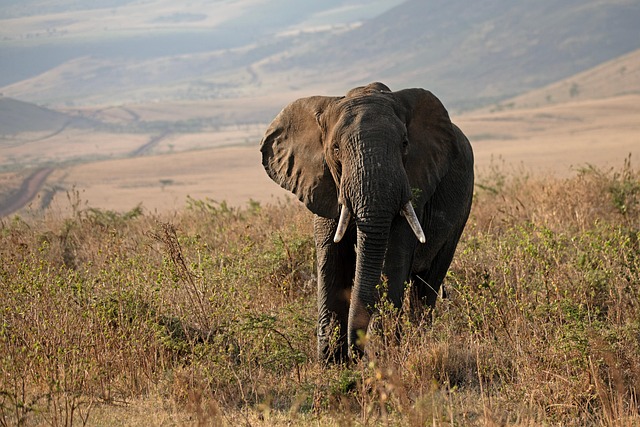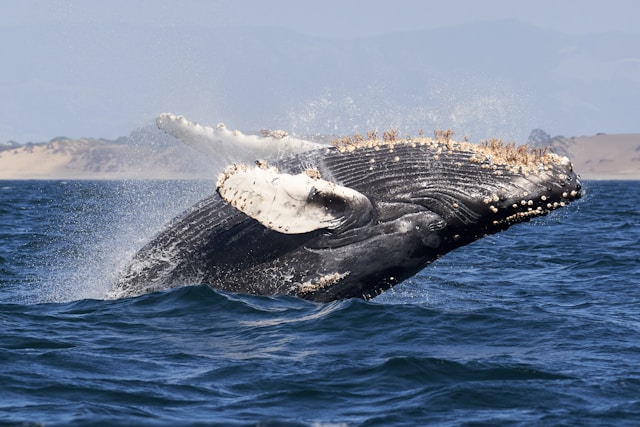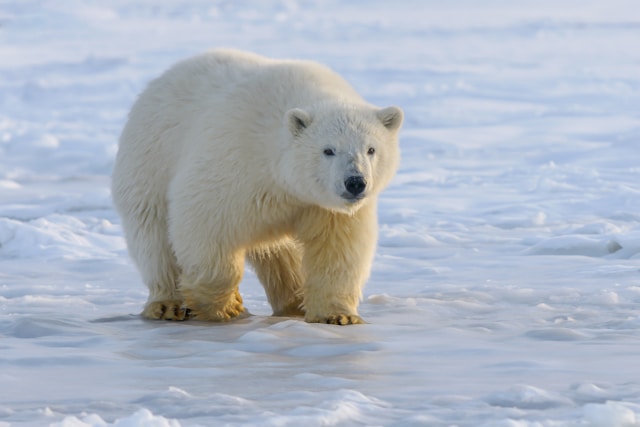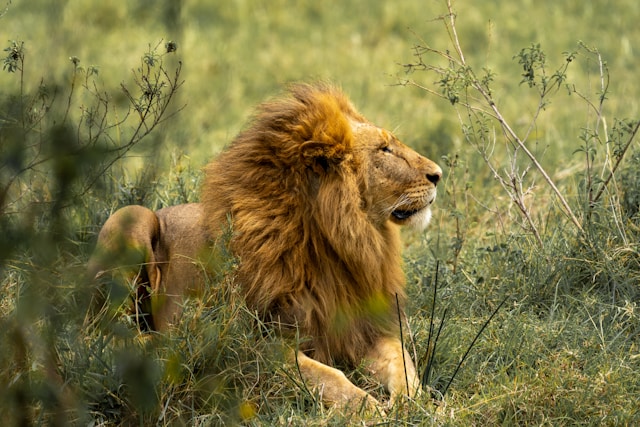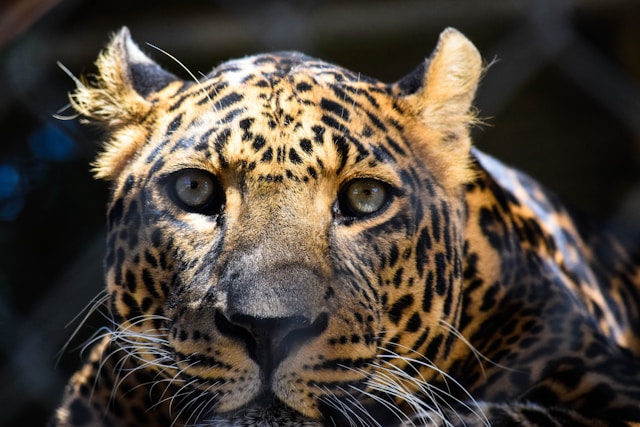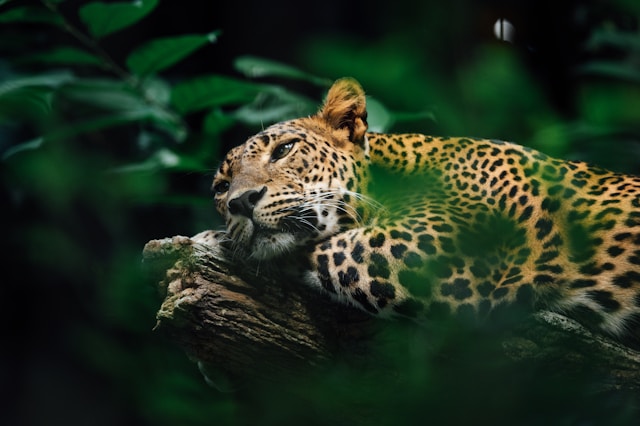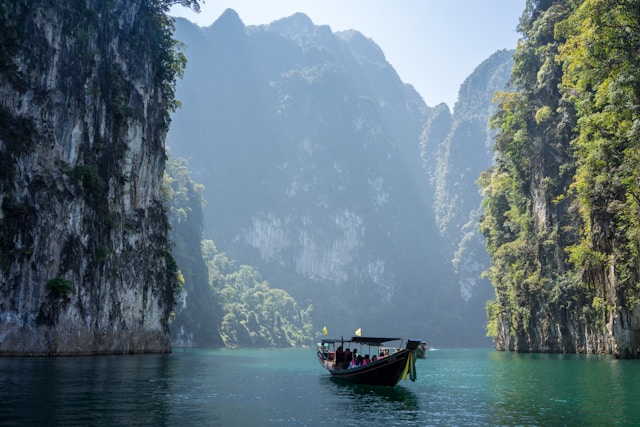The image is powerful: you, crouched beside a majestic elephant, assisting a veterinarian. Or releasing a sea turtle hatchling under a golden sunset. Or tracking elusive big cats through ancient forests. To be a Wildlife volunteer promises adventure and purpose – the chance to be part of the solution for our planet’s incredible, yet threatened, creatures.
But the harsh reality? Not all wildlife volunteering is created equal. Some programs unintentionally harm the animals they claim to protect, exploit volunteers’ goodwill, or lack genuine conservation impact. How do you ensure your passion translates into real positive change?
As seasoned conservation travelers and advocates for ethical wildlife tourism, we’ve seen the best – and the worst. This guide cuts through the noise, giving you the knowledge and tools to volunteer with wildlife ethically, effectively, and sustainably. Prepare to make a difference that truly matters.
Why Volunteer with Wildlife? (Beyond the Instagram Shot)
The motivations are deep and varied:
-
Direct Contribution: Move beyond donations. Get your hands dirty (literally!) supporting vital conservation work.
-
Unique Skills Development: Learn field research techniques, animal husbandry, habitat restoration, community outreach, and more.
-
Immersive Connection: Experience wildlife and wild places in a profound, intimate way most tourists never will.
-
Cultural Exchange: Work alongside local communities who are the true guardians of biodiversity.
-
Personal Transformation: Challenge yourself, gain perspective, and return home a passionate advocate.
The Critical First Step: Choosing ETHICAL Wildlife Volunteering
This is non-negotiable. Your good intentions must be matched by the program’s integrity. Avoid projects that prioritize profit or tourist entertainment over animal welfare and conservation science.
Red Flags of Unethical Wildlife Volunteering:
-
Hands-on Interaction with Adult Wild Animals: Petting lions, walking with adult elephants, swimming with captive dolphins. Wild animals fear humans; forced interaction is stressful and unnatural.
-
“Orphanages” Creating Permanent Dependence: Facilities breeding animals or keeping releasable juveniles long-term just for volunteer interaction.
-
Lack of Transparency: Vague descriptions of daily tasks, unclear funding allocation, no visible scientific protocols.
-
Taking Animals from the Wild: For any “sanctuary” or “rescue” center.
-
Poor Living Conditions: Overcrowded enclosures, inadequate nutrition, lack of veterinary care.
Green Flags of Ethical Wildlife Volunteering:
-
Focus on Wild Populations & Habitat: Research, anti-poaching patrols, habitat restoration, community-based conservation.
-
Rescue & Rehabilitation with Release Goal: Clear protocols, minimized human contact, focus on returning animals to the wild if possible.
-
Sanctuaries Providing Lifelong Ethical Care: For truly non-releasable animals (severe injuries, imprinting), with large, naturalistic enclosures and NO breeding or forced interaction.
-
Science-Driven Approach: Data collection is core. Volunteers support accredited researchers.
-
Community Involvement: Empowering local people as conservation leaders and benefitting from tourism revenue.
-
Transparency: Clear website outlining mission, finances, volunteer roles, and affiliations with recognized conservation bodies (IUCN, WWF partners, etc.).
Key Question to Ask: “Does this activity exist primarily for the benefit of the animal and its conservation, or primarily for the experience of the volunteer?” If it’s the latter, walk away.
Finding the Right Ethical Project: Your Research Toolkit
-
Define Your Passion & Skills:
-
Species Focus: Big cats, primates, marine life, birds, herps (reptiles/amphibians)?
-
Work Type: Hands-off research (tracking, camera traps), animal care (under strict supervision in true rehab), habitat work (reforestation, beach cleanups), education/community outreach?
-
Location: Continent or specific country?
-
Duration & Budget: Realistically, what can you commit? (Shorter trips often involve more physical labor; longer stays may allow deeper research involvement).
-
Physical Fitness: Be honest! Trekking at altitude vs. coastal conservation have very different demands.
-
-
Utilize Reputable Aggregators & Direct Sources:
-
Ethical Watchdogs: Look for projects endorsed by or affiliated with Global Federation of Animal Sanctuaries (GFAS), Born Free Foundation, Responsible Travel, Volunteer Forever (Ethical Collection).
-
Specialist Conservation Organizations: Earthwatch Institute, Operation Wallacea, Biosphere Expeditions, Frontier, Global Vision International (GVI) (Scrutinize each project individually, even with reputable orgs).
-
University Partnerships: Many projects collaborate with universities; this can be a sign of scientific rigor.
-
Local NGOs: Research smaller, grassroots organizations in your target country (requires more due diligence but can offer incredibly authentic experiences).
-
-
Deep Dive Research:
-
Website Scrutiny: Look for detailed project descriptions, scientific publications (if research-based), staff qualifications, clear volunteer role outlines, financial breakdowns, animal welfare policies. Beware of overly glossy, emotion-heavy marketing.
-
Independent Reviews: Search beyond the organization’s site. Look on GoAbroad, GoOverseas, Reddit (r/travel, r/conservation), travel blogs (look for critical perspectives). Ask the program for unfiltered volunteer contacts.
-
Ask Tough Questions:
-
“What percentage of my fee directly funds conservation/animal care?”
-
“Can you detail your animal welfare policies and veterinary care protocols?”
-
“What is the ultimate goal for rescued/rehabilitated animals? What is your release success rate?”
-
“How does the project involve and benefit the local community?”
-
“What specific tasks will I be doing daily? How much contact with animals is involved, and under what circumstances?”
-
-
Preparing for Your Wildlife Volunteer Experience: More Than Just Packing
-
Vaccinations & Health: Consult a travel doctor well in advance. Rabies pre-exposure vaccination is highly recommended for most wildlife work. Ensure tetanus is up-to-date. Malaria prophylaxis may be needed.
-
Travel Insurance: Essential. Must include comprehensive medical evacuation and coverage for volunteering activities. World Nomads or SafetyWing are popular, but check policy details.
-
Visa Requirements: Research well ahead. Some volunteer visas take time.
-
Skills & Fitness: Get in shape if needed. Brush up on relevant skills (e.g., basic data entry, navigation, first aid).
-
Mental Preparation: This isn’t a vacation. Be ready for hard work, early starts, basic living conditions, potential emotional challenges (seeing animal suffering, conservation setbacks), and cultural differences. Resilience and flexibility are key.
-
Packing: Follow the project’s list meticulously. Prioritize sturdy, quick-dry clothing, broken-in hiking boots, a high-quality headlamp, reusable water bottle, quality insect repellent, broad-spectrum sunscreen, a basic first-aid kit, and any required field gear. Leave unnecessary valuables at home.
If you want a deeper guide: Here is an article on “How to Make the Perfect Itinerary”
Maximizing Your Impact During Your Placement
-
Be Proactive & Enthusiastic: Volunteer with a positive attitude, ready to help with whatever needs doing (even scrubbing enclosures or data entry!).
-
Listen & Learn: Respect the expertise of project staff, scientists, and local team members. Ask questions thoughtfully.
-
Follow Protocols Strictly: Animal handling, hygiene (biosecurity!), data collection – precision is vital for welfare and science.
-
Respect Boundaries: With animals (minimize stress, never force interaction), with local communities (dress modestly, learn basic greetings, ask permission before taking photos), and with fellow volunteers.
-
Manage Expectations: Conservation progress is often slow. Focus on the tangible tasks you are contributing to daily.
-
Document Responsibly: Take notes, photos (only when permitted and without flash/disturbance), but be present. Your memories and learnings are invaluable.
Beyond the Placement: Sustaining the Difference
Your impact shouldn’t end when you board the plane home.
-
Share Your Story Ethically: Blog, post on social media, give talks. Focus on the conservation message, the threats faced, the work being done, and the importance of ethical choices. Avoid portraying wildlife as pets or props.
-
Become an Advocate: Support legislation protecting wildlife and habitats. Sign petitions, contact representatives. Raise awareness about exploitative tourism practices.
-
Continue Supporting the Project: Fundraise, donate (if you can), help recruit suitable future volunteers, stay connected with their work.
-
Make Sustainable Choices at Home: Reduce your environmental footprint (plastic, energy, consumption), support sustainable brands, choose eco-tourism operators.
-
Leverage Your New Skills: Apply your experience to local conservation efforts back home or within your career.
Inspiring Ethical Wildlife Volunteer Opportunities (Examples)
-
Marine Turtle Conservation (Costa Rica, Greece, Sri Lanka): Night patrols for nesting females, relocating vulnerable nests, monitoring hatcheries, releasing hatchlings, beach cleanups. (Focus: Protecting nests from poachers/predators, research).
-
African Wildlife Research (Kenya, South Africa, Botswana): Game counts, predator tracking (spoor, camera traps), vegetation surveys, data entry for reserve management, assisting vets during health checks (observation only). (Focus: Population monitoring, habitat health, human-wildlife conflict mitigation).
-
Primate Sanctuary Support (South Africa, Cameroon, Indonesia – carefully vetted): Preparing specialized diets, enriching enclosures (building structures, hiding food), cleaning, maintenance, observing behavior for welfare checks. (Focus: Lifelong care for non-releasable victims of pet trade/poaching – NO HOLDING ADULTS).
-
Rainforest Restoration & Biodiversity Monitoring (Peru, Madagascar, Borneo): Tree planting, invasive species removal, setting camera traps, bird/amphibian surveys, supporting community agroforestry projects. (Focus: Reversing deforestation, protecting endemic species).
-
Elephant Conservation (Thailand, Sri Lanka – sanctuary model only): Observing herds in large natural enclosures, preparing food, harvesting enrichment, maintenance, supporting mahouts practicing positive reinforcement. (Focus: Providing ethical lifetime care – NO RIDING, NO BATHING, NO DIRECT CONTACT).
The True Reward: Being Part of the Solution
Ethical wildlife volunteering isn’t about cuddling a lion cub destined for canned hunting. It’s about getting blisters planting trees for orangutan habitat. It’s about meticulous data entry that helps secure a new protected area. It’s about the quiet awe of observing a wild elephant herd from a responsible distance. It’s about empowering local guardians of biodiversity.
It requires research, commitment, and a willingness to put the animals’ needs and conservation goals first. When you do it right, the experience is transformative – not just for you, but for the wild creatures and places you help protect. The difference you make is real, tangible, and desperately needed.
Ready to find your ethical wildlife volunteer adventure? Start your research with the reputable sources listed above, ask the hard questions, and prepare for an experience that truly changes the world – one careful step at a time.

